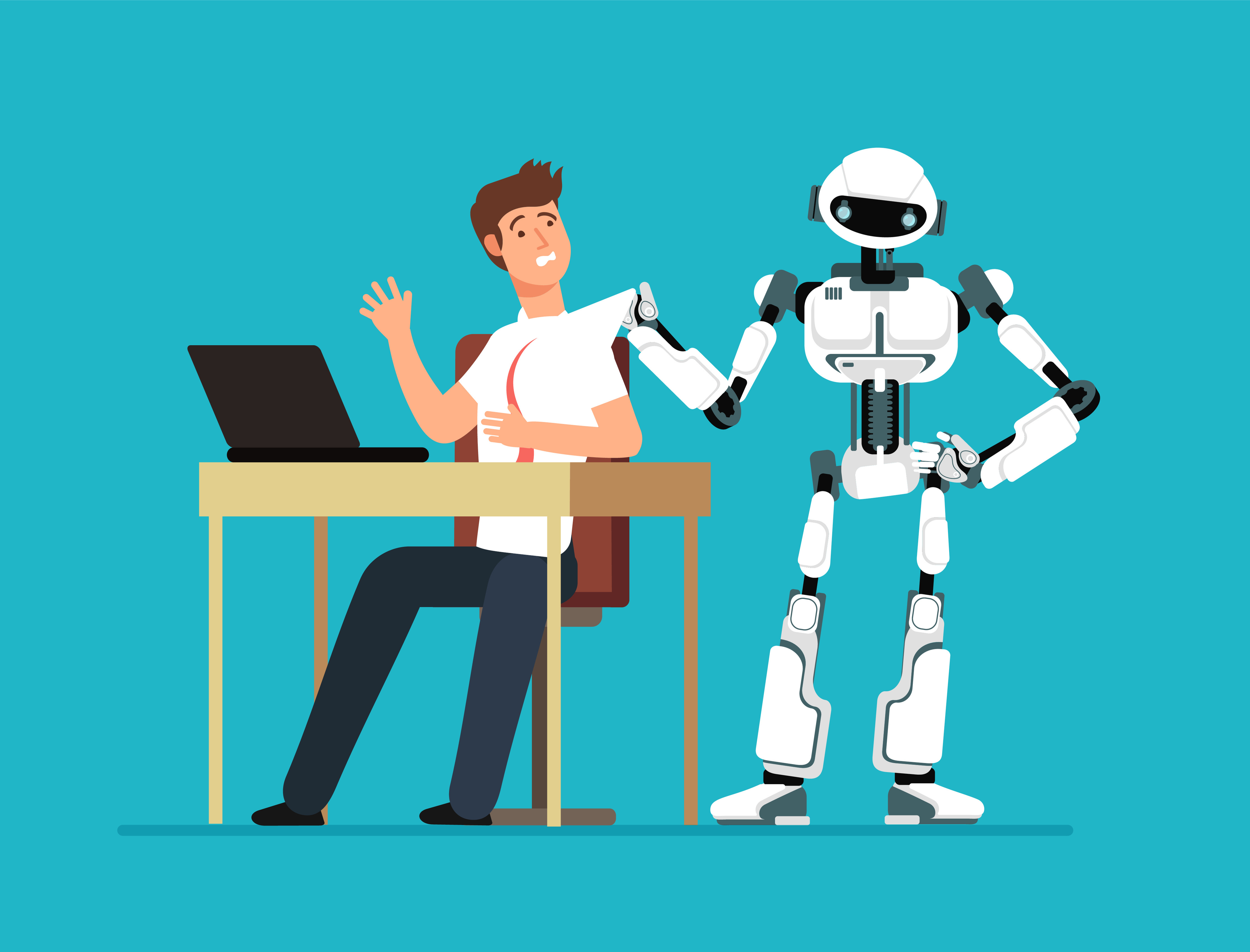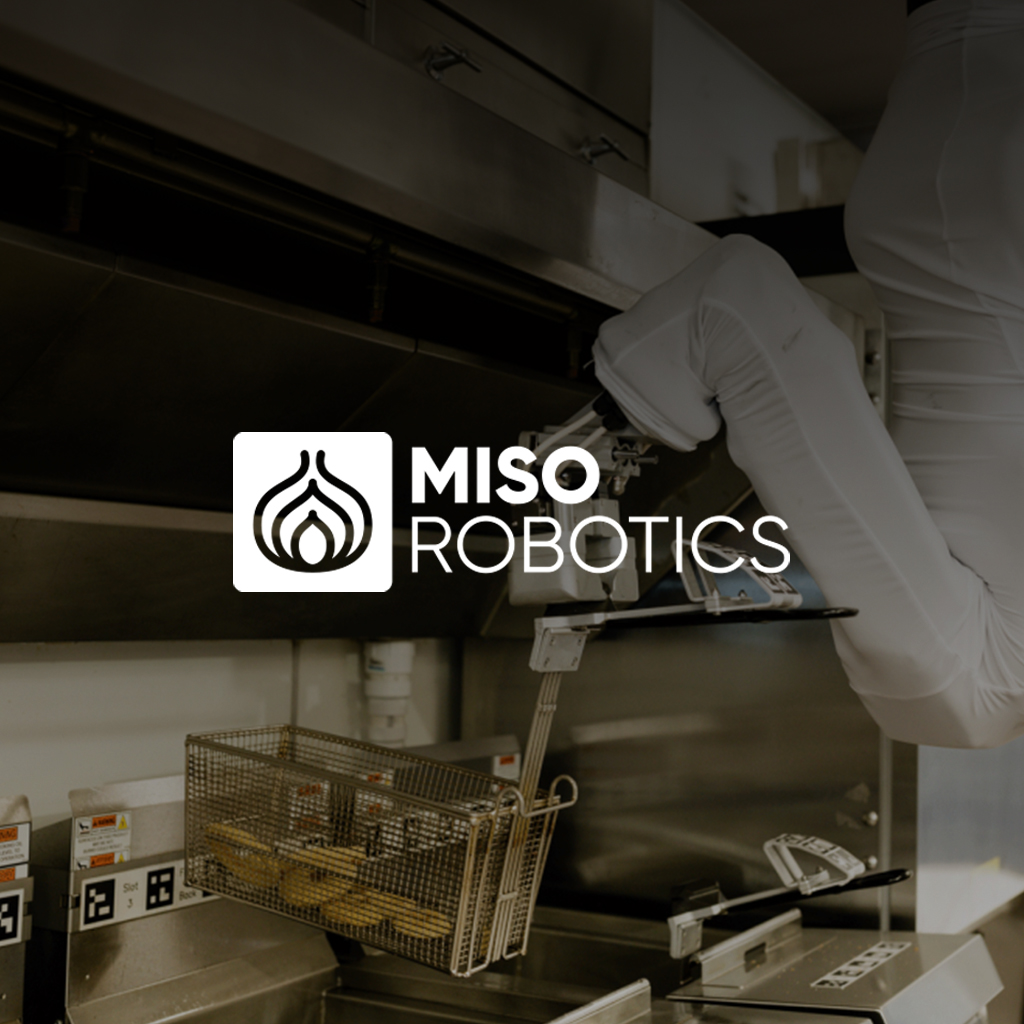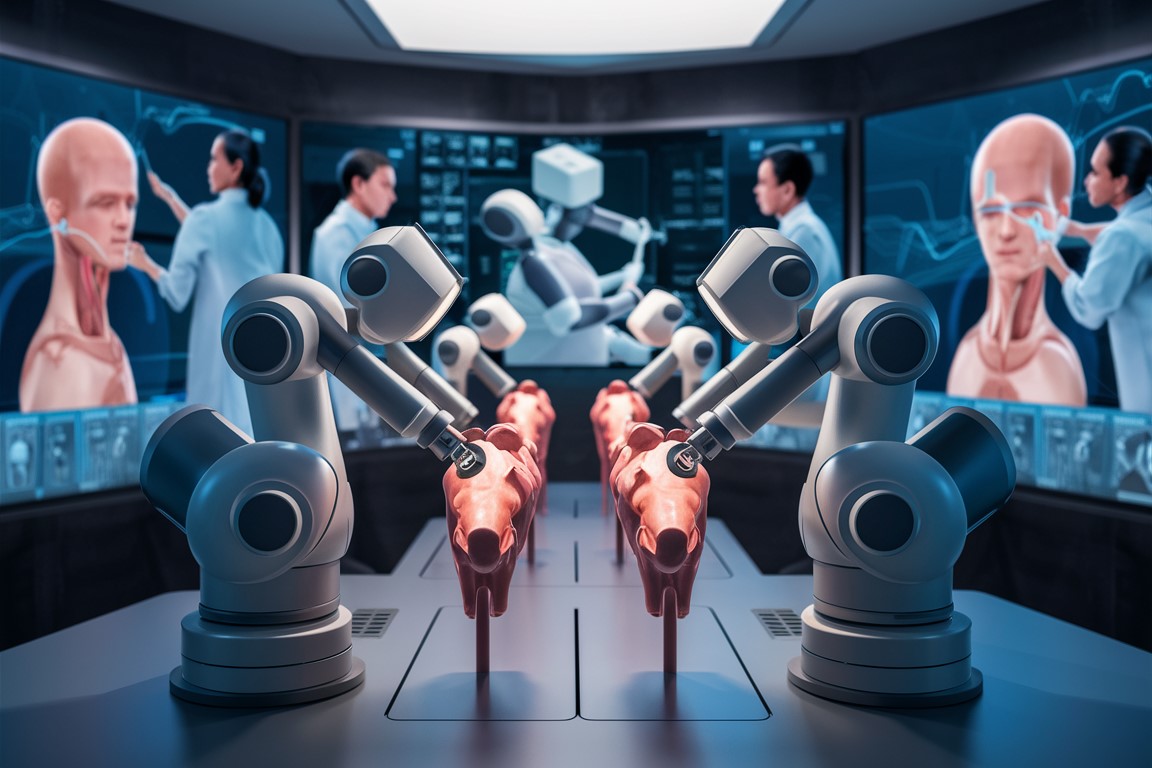Swiss roboticists and economists developed a method to assess which current jobs are most susceptible to automation by intelligent robots. Their research, published in Science Robotics, also suggests lower-risk career transitions requiring minimal retraining.
While studies predict massive job losses from automation, most focus on software bots rather than physical robot workers. This research systematically compared human vs robot capabilities across hundreds of professions.
The key innovation was contrasting robot abilities per the EU's Robotics Multi-Annual Roadmap against human skills in the O*NET occupational database. By selectively matching abilities, they calculated each job's automation risk.
"There are several studies predicting how many jobs will be automated by robots, but most of them focus on software robots, such as financial robo-consultants, chatbots and so on. Moreover, these forecasts fluctuate wildly depending on how job requirements and software capabilities are assessed. Here we consider not only artificial intelligence software, but also real robots performing physical work, and have developed a method for systematically comparing human abilities and robots used in hundreds of professions," says Professor Dario Floreano, director of the EPFL Intelligent Systems Laboratory, who led the research at EPFL.
Jobs requiring high dexterity have high exposure as robots excel there. Roles needing creativity or critical thinking are safer. Physicists have the lowest risk while slaughterers have the highest. Food services, construction, maintenance and mining are generally vulnerable.
The authors then devised a method to identify alternative jobs with significantly lower automation risk and similar skill/knowledge requirements. Testing on US data showed effective transitions from high to medium risk roles with minimal retraining.
Governments can apply this to gauge workforce automation exposure and adapt retraining policies. Companies can estimate automation costs. Robotics firms can tailor products to market needs.
Overall, this research provides data-driven insights into automation risks for existing roles plus viable lower-risk transitions. This can inform policies and strategies to responsibly integrate intelligent robots and protect workers.
Resilience To Robots (epfl.ch) - taste it, and tell us what you think!


















